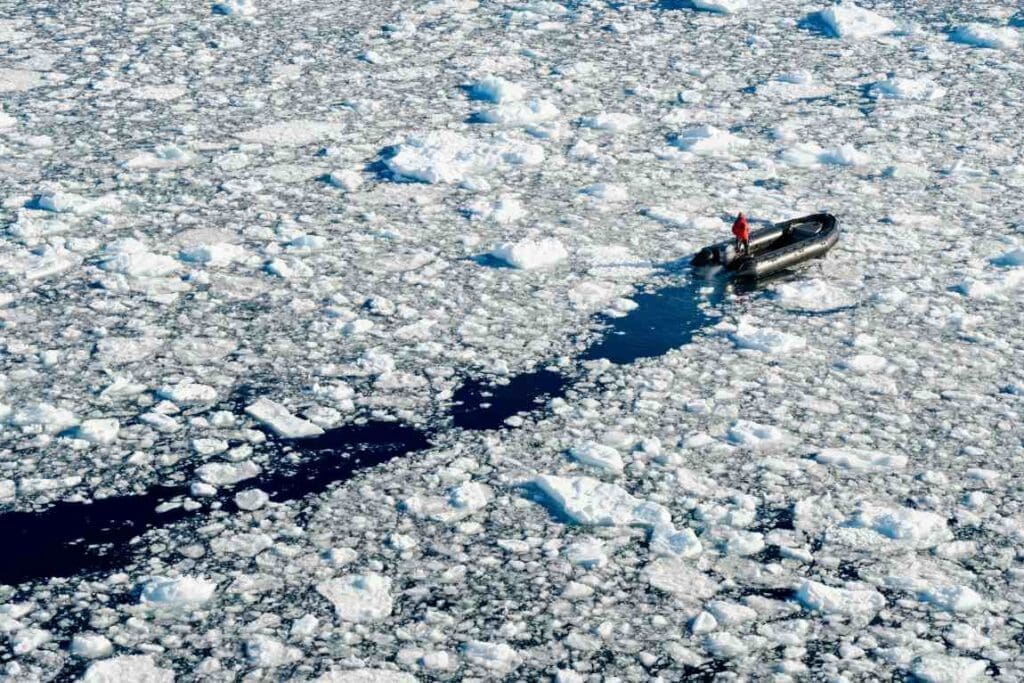By Fausto Corvino, Université catholique de Louvain (UCLouvain) | The Conversation
The era of low-cost air travel in Europe may be over for good, thanks in part to recent EU environmental policies. All in all, this is good news for the climate. But many low- and middle-income people who used to travel around the EU will no longer be able to do so, or at least will be able to do so much less often. Yet the same policies will have little or no impact on the use of much more polluting private jets, which typically cover distances served by commercial airlines and trains. This is a case of unfair sacrifice for climate action. Addressing this injustice should be a top priority for the next EU legislative term if a just and inclusive climate transition is to be achieved.
Rising prices…
According to data from the European Commission, intra-EU airfares last summer were on average between 20% and 30% higher than they had been before Covid-19. The main reasons are high consumer demand, rising fuel costs and disrupted supply chains – the latter two at least partly due to the geopolitical turmoil of recent years.
Prices are likely to rise further in the coming years as a result of three factors. First, the reform of the EU Emissions Trading System (ETS), which is at the heart of the “Fit For 55” policy package proposed by the European Commission in summer 2021 and partially adopted in spring 2023.
Since 2012, intra-EU aviation emissions have been part of the EU ETS, the market-based system introduced by the EU in 2005 to cap emissions from certain EU sectors, notably energy-intensive industries, electricity generation and aviation. Like industry, aviation has so far benefited from free emission allowances – until last year less than 20% of the aviation allowances were auctioned. Under the new ETS reform, free allowances will be phased out between 2024 and 2026. This means that airlines will have to bear not only the private cost of fuel, but also the social cost of their operations. While the EU ETS reform maintains free allowances for operators using less polluting fuels, these are more expensive than traditional fuels. In addition, the annual ETS emissions cap will be gradually reduced in the coming years, leading to an increase in the price of auctioned allowances (since 2021 the UK has its own ETS).
Second, the EU institutions are currently working on a reform of the 2003 Energy Taxation Directive (ETD). More specifically, the ETD was intended to introduce minimum levels of taxation on electricity and motor and heating fuels, both to avoid market distortions in the EU and to promote the decarbonisation of these sectors. However, to date, both kerosene used by aircraft and heavy fuel oil used by the shipping industry have been exempted from taxation under the ETD. As part of the “Fit for 55” package, the European Commission had also proposed an update to the ETD, which is still awaiting adoption and which would, among other things, remove the above exemptions. Thirdly, some countries, and most notably France, defended the idea of a fixed minimum price for intra-EU flights. It remains to be seen whether these proposals will be adopted in the future.
… and plummeting demand
According to Airlines for Europe, the EU’s largest airline association, the cost to airlines of complying with the above EU norms will be 13 to 14 times higher in 2030 than in 2019. According to the research centre SEO Amsterdam Economics, if these price increases are fully passed on to consumers, demand for flights will fall, leading to a reduction in intra-EU air traffic of more than 8% in 2030 and around 12% in 2035, compared to if such reforms had not been implemented.
Anyone concerned about climate change can breathe a sigh of relief. Rising ticket prices will reduce the number of air travellers and the frequency of flights. This is inevitable if the EU is to achieve its goal of zero net CO2 emissions within a few decades. In recent years, however, low-cost airlines have made it possible for people on low incomes to travel between EU countries – something that was previously very uncommon. In a way, low-cost airlines have democratised travel, allowing poorer people to both build international experience and maintain affective and family ties (think of how many parents now have children studying or working in other EU countries, or how many couples live and work in different places). This is also because, as Greenpeace pointed out in a recent study, travelling by train in the EU is still significantly more expensive than flying.
An unjust transition
You could say that these concerns are minor compared to the climate threat. Low-cost airlines have so far produced an inordinate amount of CO2 for purposes that are ultimately not about subsistence. However, if the climate threat justifies people on low incomes not travelling, or at least travelling much less than before, then it must also justify affluent EU travellers giving up private flights, which on average emit up to 14 times more CO2 per passenger than a scheduled flight, and using airlines or, better still, high-speed trains. The main problem with the EU’s one-size-fits-all approach to climate policy is that many rich jet users will simply remain indifferent to the ongoing increases in the price of emissions permits.
Asking low-income people to give up something valuable to them – travel – for the collective good, while the rich continue to enjoy superfluous luxury, is the furthest thing from the fair and inclusive transition that the EU institutions have set as their goal. Moreover, the more the rich contribute to the increase of CO2 in the atmosphere with their luxury emissions, the greater the behavioural sacrifice that will have to be made by everyone else in order to keep global warming within more or less acceptable limits.
According to a recent study commissioned by Geenpeace from CE Delft, the number of private flights in Europe increased from just under 120,000 in 2020 to more than half a million in 2022. More than half of these flights are short to medium distance, comparable to the distance between Paris and Marseille (about 750 km), which in the vast majority of cases can be reasonably substituted by alternative means of transport. The top four routes for private flights in Europe are, in order, London-Paris (just over two hours by high-speed train), London-Nice (several scheduled flights per day), Paris-Geneva (just over three hours by high-speed train) and Paris-Nice (many scheduled flights or just over five hours by high-speed train).
Several national initiatives to ban luxury flights
A group of EU countries, namely Austria, the Netherlands, and France, recently wrote to the EU institutions calling for new regulations on the use of private jets (backed by Ireland and Belgium). The current EU Transport Commissioner has indicated that this will not happen, at least for now. Press reports suggest that the European Commission’s approach is to legislate on aviation as a whole, rather than introducing specific rules for private jets.
Some EU countries are trying to fill this regulatory gap at EU level with national measures. France, for example, has discussed a ban on private flights (proposed by the left-wing coalition La France Insoumise (LFI) and supported by the Greens) and a super-tax on luxury flights (favoured by Emmanuel Macron’s centrist government). The Dutch airport Amsterdam Schiphol is planning to restrict access to private aircraft. Spain is considering a ban on short-term private flights as part of its plan to achieve net zero CO2 emissions by 2050. There is every reason for the next European Commission to take up the climate leadership baton from the current one and close the regulation loophole that private aviation currently enjoys. If there is to be ambitious and accelerated climate action, everyone, including the richest, should be part of it.
Featured image credit: Jeffry Surianto | Pexels




